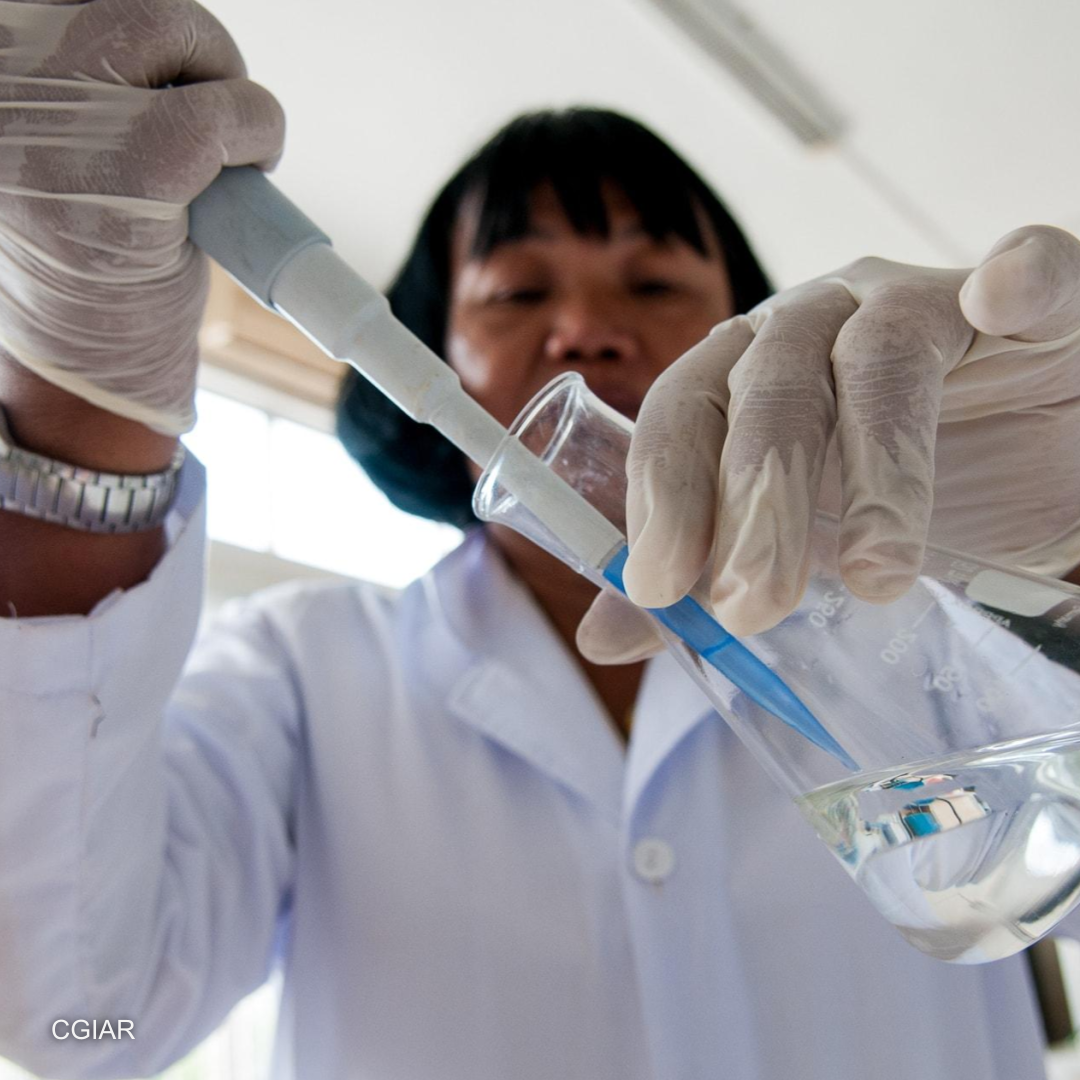
Status: Centralizing.
Why we’re watching: CGIAR’S research centers have played a large role in driving innovation on key agricultural staples such as rice, potatoes, and maize, but they’ve been decentralized. The organization has undergone a multiyear effort to transform into “One CGIAR” in which the centers are better integrated, have unified governance, and a more focused mission and impact.
Leadership: Claudia Sadoff, executive management team convener.
Staff: More than 8,000 across 15 global research centers.
$: Recognized revenue of $736 million in 2020.
HQ: Montpellier, France.
Tidbit: There’s no CEO here. Instead, the network’s new strategy includes a transitional three-person executive management team with one appointed as “convener.”
Follow: Teresa Welsh and Devex Dish.
Analysis: In an era of climate change, research into food innovations has never been more important. That, plus a steady decline in donor support for this research, is the basic impetus behind a huge organizational transformation happening at CGIAR, a network of independent research centers such as WorldFish and AfricaRice. Under One CGIAR and driven in part by the 50-year-old organization’s largest funder, the Bill and Melinda Gates Foundation, CGIAR aims to fully integrate into a single global entity, while retaining research specializations and branding for each center. It’s a major play for a systems approach to global challenges around food, land, and water, and the organization’s new research portfolio is slated to launch this year. — RK.
→ Back to 22 global development organizations to watch in 2022